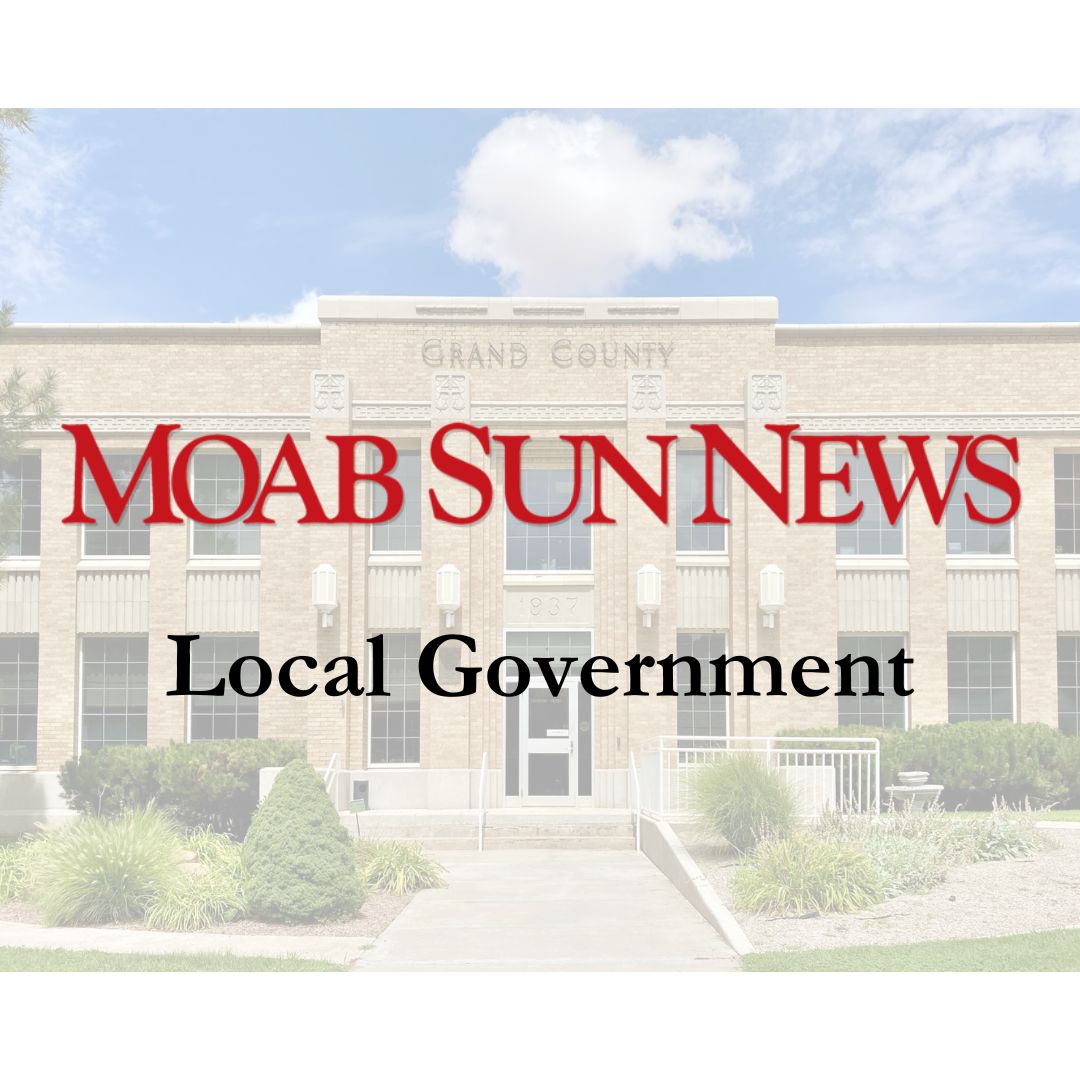During the Moab City Council’s Sept. 13 meeting, Finance Director Ben Billingsley provided a finance department update, covering costs related to the Aug. 20 flood, tax revenue, and fiscal health.
The finance department is closely tracking two projects related to emergency costs: water line repairs—during the Aug. 20 flood, one of the city’s waterlines was damaged—and general costs, including labor—so far, the labor costs of the flood cleanup, which only pertains to city employees, totaled $138,000 as of Sept. 11.
Billingsley also provided a revenue update.
“I use the resort community tax as really the key indicator for the city’s revenue,” he said. “Resort community is the key driver for a few primary reasons: first, it’s the city’s largest source of revenue—it represents about half of the city’s sales tax revenues; second, it’s not distorted by any distribution factors; and third, it’s not legislatively restricted.”
Over the last 11 years, revenue from the resort community tax has grown by a factor of 2.5—in the 2011 fiscal year (July 2010-June 2011), revenue was $2,485,082, and in the 2022 fiscal year (July 2021-June 2022), it was $6,517,191, an increase from last year of about $1,000,000. Revenue has “far outpaced” inflation in the last two years, Billingsley said.
When looking at sales tax revenue for the 2022 calendar year (January-December), Billingsley said 2022 tracked very similarly to 2021 until July, when revenues dipped.
“We’ve heard from the business community that revenue has slowed significantly [this year], but until July, I had not seen that reflected in our sales tax revenue,” Billingsley said. Sales tax revenue was also down in August (below the August 2021 sales tax revenue).
The revenue from those months was also below the city’s fiscal year 2022-2023 budget, which was finalized in June.
“We had this initial reaction of, do we need to start cutting back?” Billingsley said. “I’m hesitant to do that for a couple of reasons, primarily because of the pandemic reaction: we have a lot of backlog, and so to pump the brakes this quickly—we’re apprehensive to do that. We wanted to wait and see how the next few months pan out, and so far, August is looking like we’re starting to see some of that recovery.”
Billingsley is also in the process of analyzing the city’s fiscal health: he does this by looking at the city’s cash solvency, its ability to pay obligations within 30-60 days; budgetary solvency, the ability to generate revenue to pay expenses; and long-run solvency, the ability to pay long term costs of infrastructure and operations. Billingsley also selected nine “comparison cities” to better measure Moab’s fiscal health, including Springdale, UT; Vail, CO; and Jackson, WY.
At the council meeting, Billingsley presented a small piece of that analysis: he compared Moab’s revenue per capita and intergovernmental dependence—how much funding Moab gets from the state and federal government—to the comparison cities. He found that Moab generates the least amount of revenue per capita compared to the other cities; but Moab’s intergovernmental dependence was a bit higher than average.
The meaning of those data points varies depending on their context: Billingsley said he also plans to compare Moab to other Utah cities with the same population size, and within that context, Moab’s revenue per capita would rank very high—Moab’s status as a “resort community” introduces a lot of variables, he said.
Billingsley plans to give the council a full rundown of the city’s fiscal health at a later date, so the council can plan the budget for 2023-2024.




